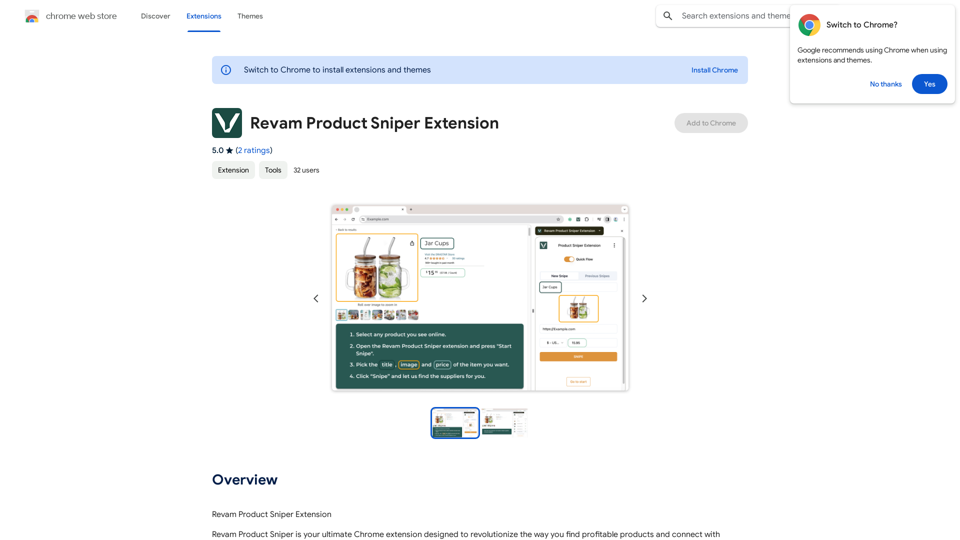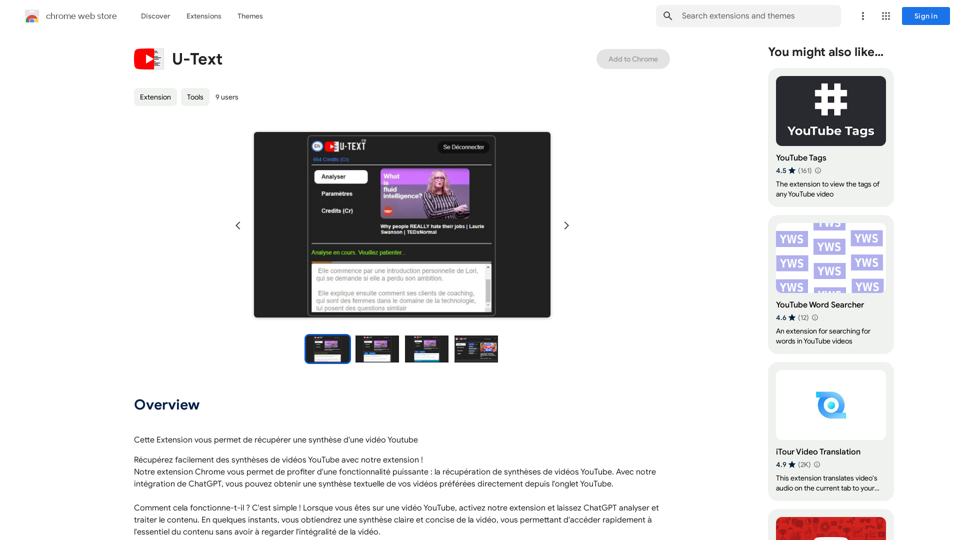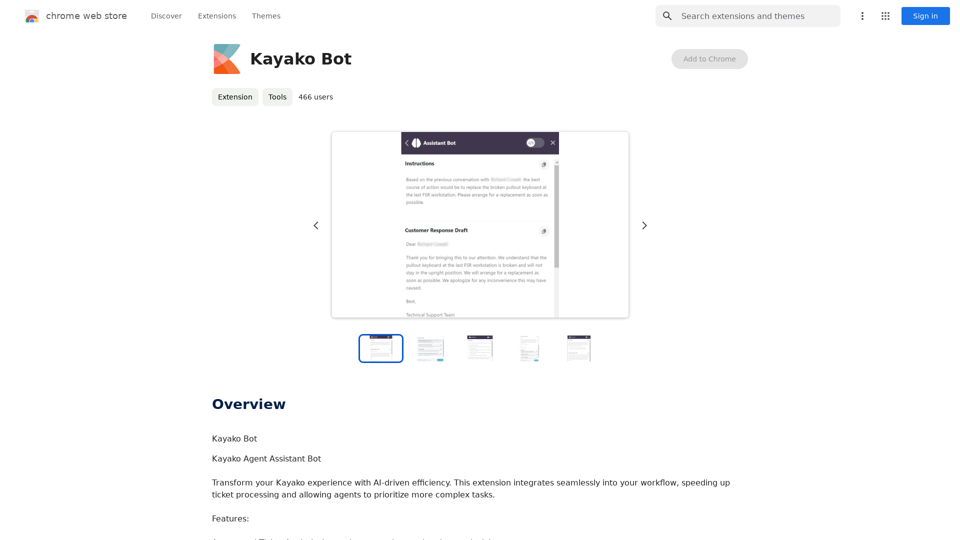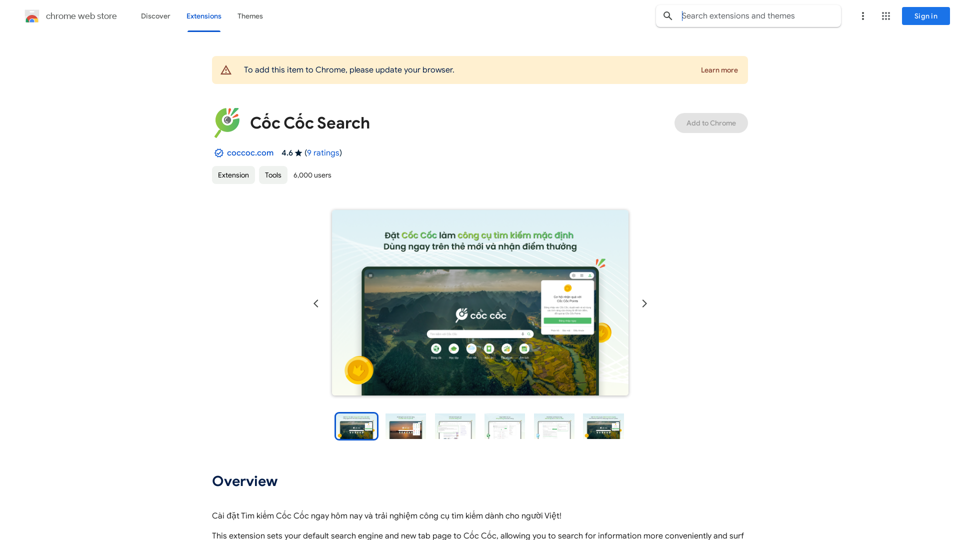PromptFolder is a Chrome extension designed to streamline the management of prompts for AI tools like ChatGPT and Midjourney. It offers a comprehensive solution for saving, sharing, and discovering prompts, enhancing user productivity and creativity in AI interactions. With features like prompt organization, customization, and community sharing, PromptFolder caters to both individual users and collaborative teams seeking to optimize their AI prompt workflows.
PromptFolder - ChatGPT Prompt Manager
Save, share, and discover prompts for ChatGPT, Midjourney, and other AI tools.
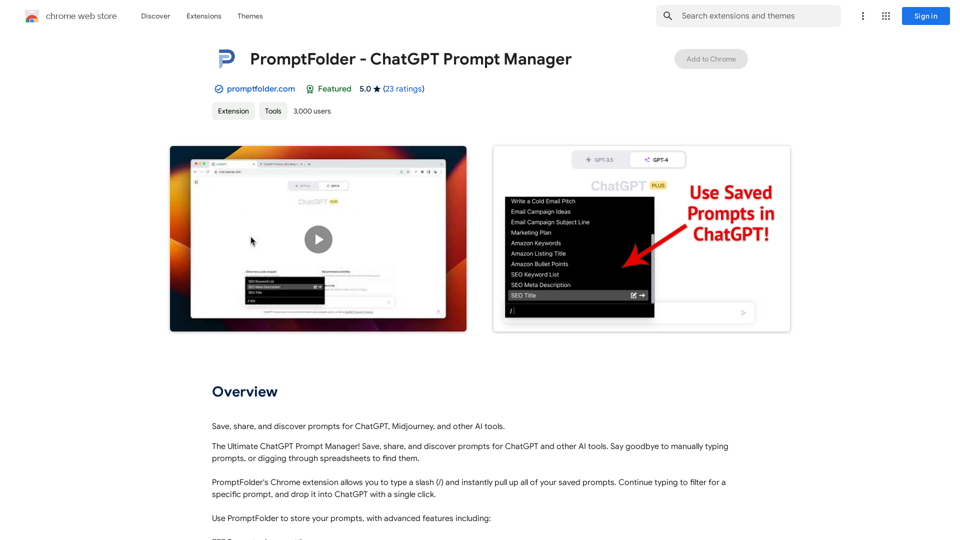
Introduction
Feature
Efficient Prompt Management
- Save prompts for future use
- Organize prompts into folders
- Search functionality for quick prompt retrieval
Seamless Integration
- Type "/" to instantly access saved prompts
- Filter and drop prompts into ChatGPT with a single click
- Compatible with various AI tools (ChatGPT, Midjourney, etc.)
Customization and Flexibility
- Use variables and comments to customize prompts
- Access prompts from any device
Community and Collaboration
- Share prompts with others
- Discover new prompts from the community
- Explore community section for ideas and inspiration
User-Friendly Interface
- Chrome extension for easy access
- Intuitive prompt organization system
Versatile Pricing Options
- Free version with limited features
- Paid subscription with additional features and benefits
FAQ
How does PromptFolder enhance productivity?
PromptFolder boosts productivity by:
- Saving time on manual prompt typing
- Providing quick access to a library of prompts
- Reducing errors through customization features
- Facilitating collaboration and idea sharing
What are some best practices for using PromptFolder?
Tips for maximizing PromptFolder's potential:
- Utilize folders for organized prompt management
- Leverage variables and comments for prompt customization
- Actively share and collaborate on prompts
- Explore the community section for new ideas
- Use the search function for efficient prompt retrieval
Is PromptFolder suitable for team use?
Yes, PromptFolder supports team collaboration by:
- Allowing prompt sharing among team members
- Providing a platform for discovering and adapting shared prompts
- Enabling consistent prompt usage across the team
Latest Traffic Insights
Monthly Visits
193.90 M
Bounce Rate
56.27%
Pages Per Visit
2.71
Time on Site(s)
115.91
Global Rank
-
Country Rank
-
Recent Visits
Traffic Sources
- Social Media:0.48%
- Paid Referrals:0.55%
- Email:0.15%
- Referrals:12.81%
- Search Engines:16.21%
- Direct:69.81%
Related Websites
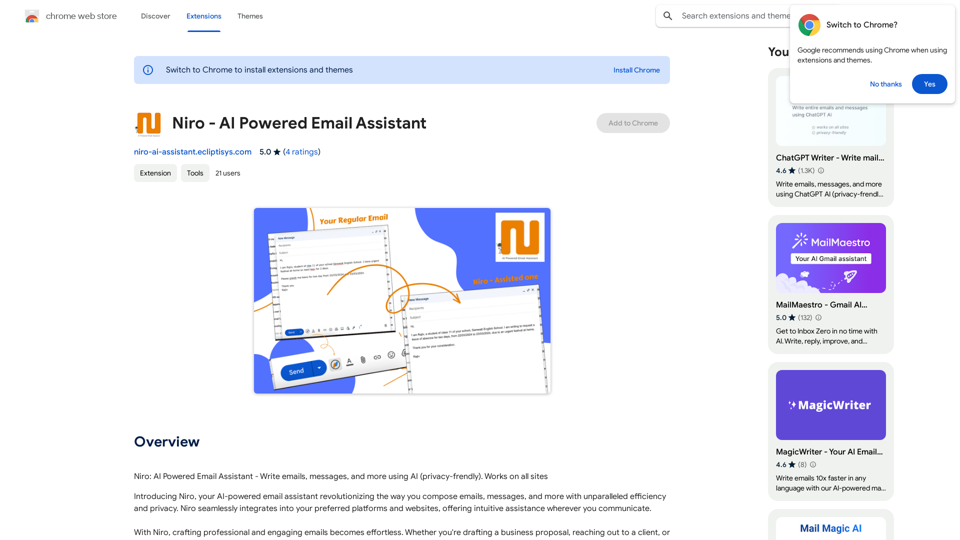
Niro: AI Powered Email Assistant - Write emails, messages, and more using AI (privacy-friendly). Works on all sites
193.90 M
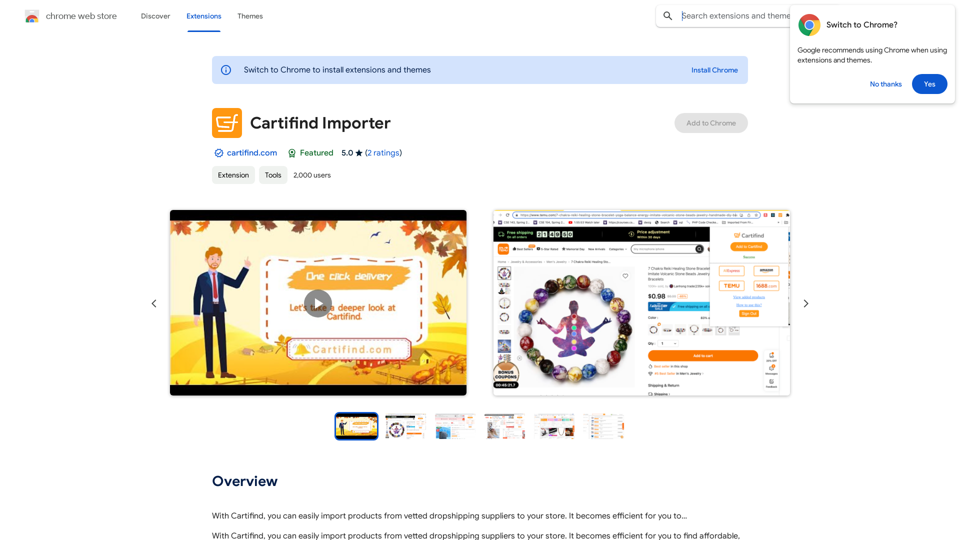
With Cartifind, you can easily import products from vetted dropshipping suppliers to your store. It becomes efficient for you to manage your product catalog, track inventory, and fulfill orders seamlessly.
193.90 M
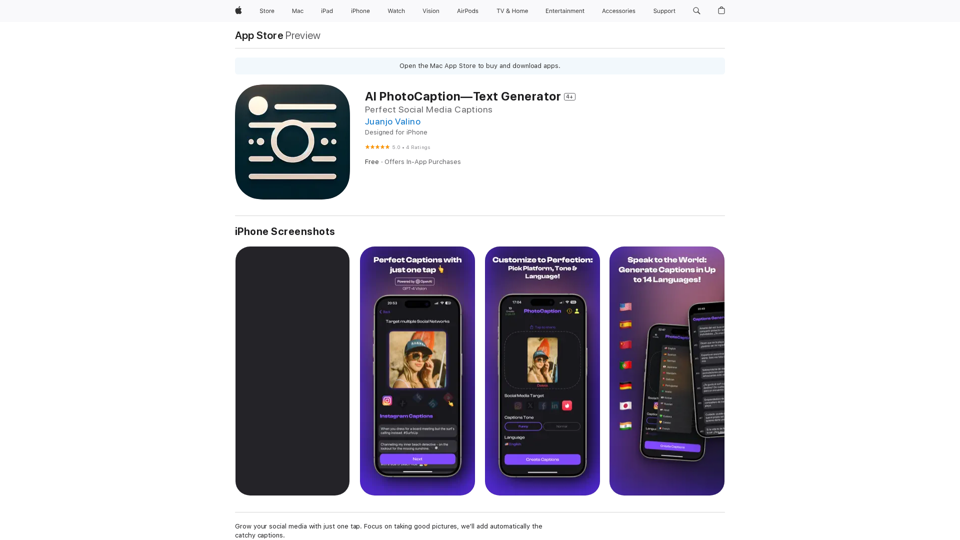
AI Photo Caption - Text Generator on the App Store
AI Photo Caption - Text Generator on the App StoreWelcome to PhotoCaption AI – where your photos speak a thousand words in multiple languages! Do you often find yourself struggling to come up with the perfect caption for your amazing photos?
654.73 K
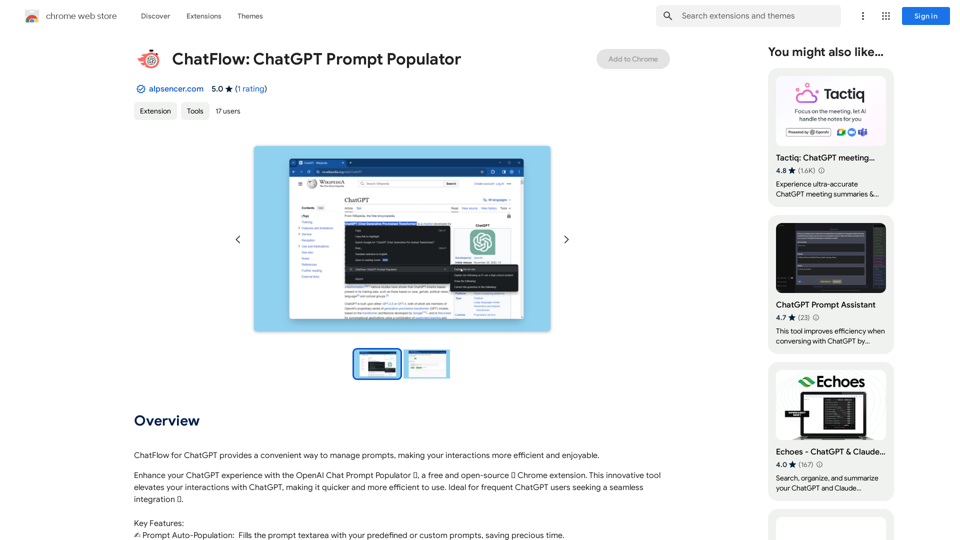
ChatFlow for ChatGPT makes it easy to manage your prompts, so you can have more efficient and enjoyable conversations.
193.90 M
